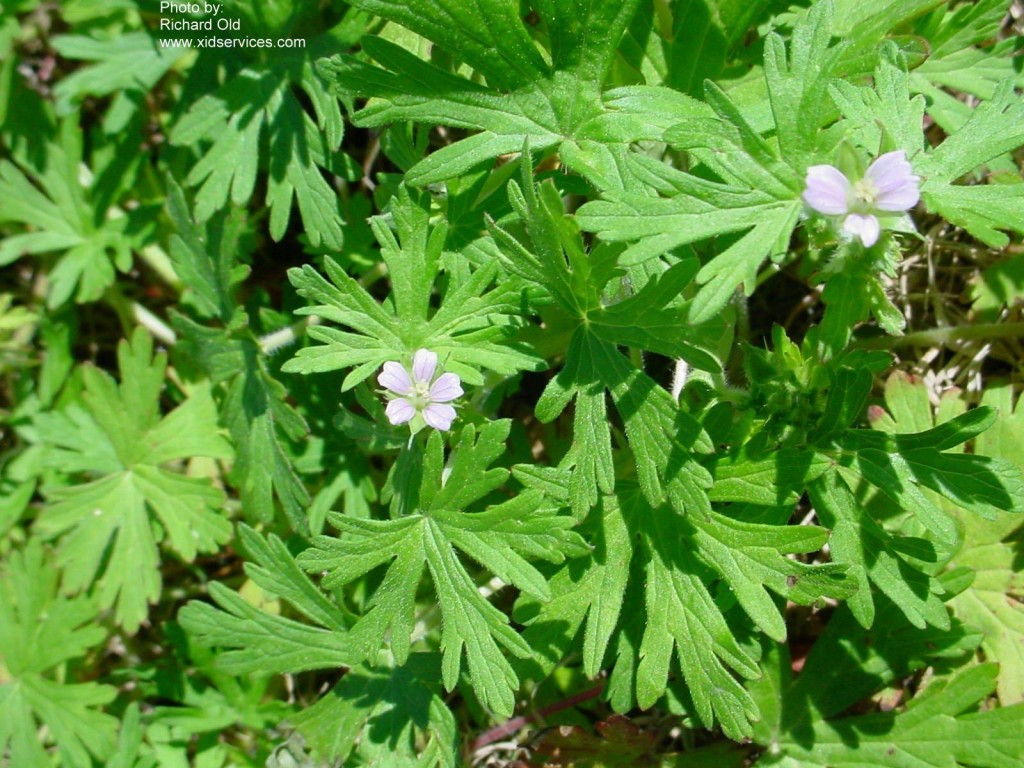Tree Services – i.e. Giant Weeds
You might think of trees as giant weeds. At least some trees fit this category and all can in some circumstances. Besides my own knowledge, I spoke with Tree Services Annapolis, a firm we have used and highly recommend to get some additional insights.
One of the worst culprits are mulberries. A few are native but most could be considered an invasive species brought in to provide food for silk worms. The invasive gypsy moth was brought into the US to breed with silk moths at the same time and some got loose and started eating everything in site like a grade B horror movie.
Mulberries end up everywhere because the birds love the fruit and where ever a bird is flying when it poops is where a tree might start growing. Particularly at the base of trees and bushes where birds have been sitting in the branches. It can be difficult to see the mulberry growing beneath a bush until it gets fairly large.
The problem with mulberries besides their pervasiveness is their root system. Even when very small, they have amazingly large tap roots for their size. Most mature trees put out roots horizontally about the same distance as that covered by their canopy. Mulberry roots seem to go forever horizontally. We had a large old (and ugly) one taken down. We had the company grind the stump. The main roots that came out from the stump were quite large and went in all directions. No way it could have been done except with a stump grinder.
Tree Removal
Unless it is very small and you are fairly handy, it is better to get a professional to remove a tree. Especially if it is near a house or the street. It may be that the tree died and needs to be removed, or it just doesn’t make sense where it is or is crowding other trees that are more desirable. We bought our house from a woman in her 90s. As we got to understand the layout of the property we realized that a lot of trees were voluntaries. In other words, they weren’t planted, they just grew where their seeds fell. Some were crowding out the original trees, others roots were destroying walkways etc.
It is fun to watch the professionals take down a tree. They climb up and carefully tie off a limb and then carefully cut while people on the ground pull on the rope attached to the limb to control where and how the limb falls. Quite an art to do it an not get injured or killed.
Tree Pruning vs. Tree Trimming
Generally you want professionals to do a pruning and not a trimming. With trimming you just take a trimmer, kind of like a hedge trimmer and trim and shape the tree. But this only deals with the ends of the branches and you get forking where ever it is cut. Pruning is selectively taking out branches or forks of branches. This can open a tree up and get more air flowing through to prevent mildew and disease. It also give the tree a more natural look. Trimming can potentially have the opposite effect.
When you cut a branch, you also need to do it the right way. It used to be that people would cut the limb off as close to the trunk as possible. The problem is that branch tissue and trunk tissue are different and there is a barrier where they meet. You might think of it like the blood brain barrier. If a branch gets diseased, this barrier prevents it from spreading to the tree. But if you cut too close and damage that barrier, it can allow disease to get into the trunk and compromise the health of the tree.
Tree Health
One of the most important thing for tree health is to have well balanced, healthy soil. A good tree services company can test the soil and determine what minerals and other nutrients need to be added to the soil to help the tree. If a tree does get sick, the sooner it is looked at by a professional the better since it is much easier to treat early in the disease progression.…

